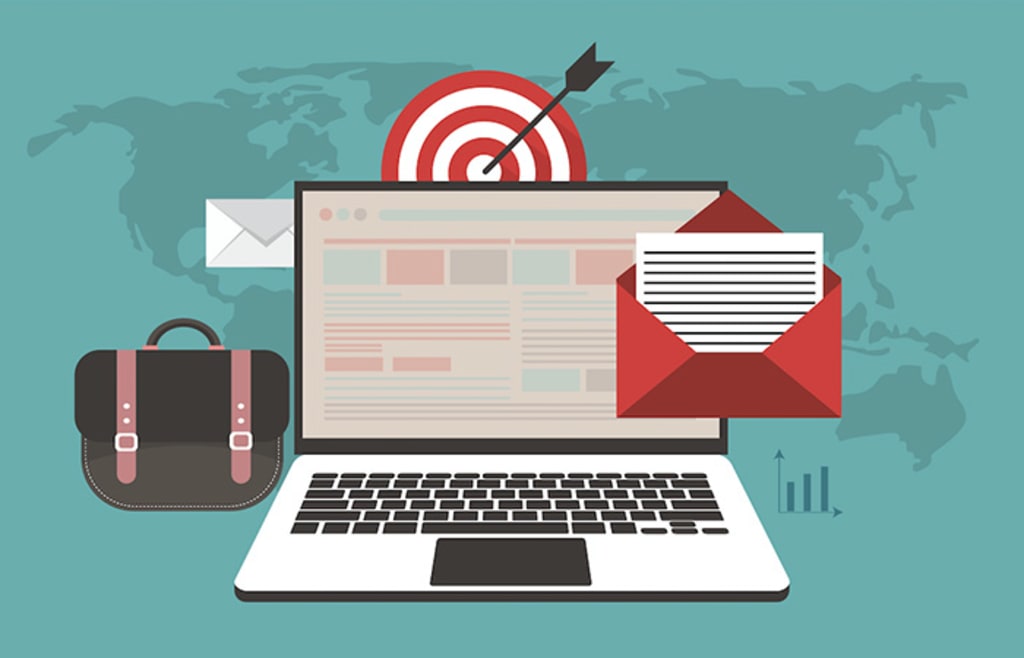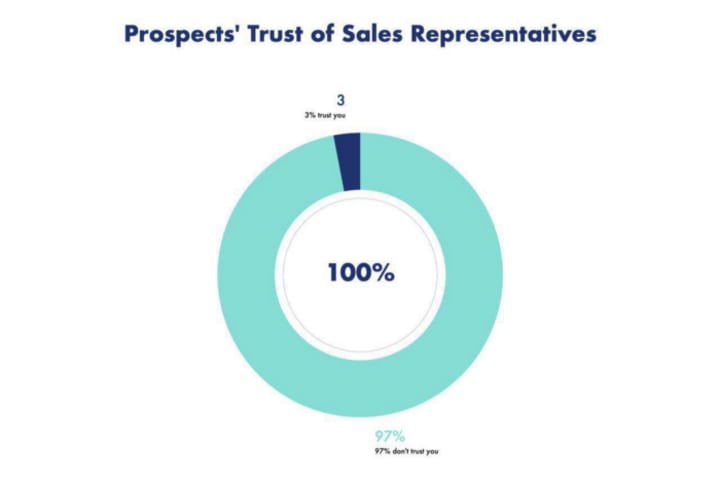B2B Emails That Strike a Deal
B2B Emails That Strike a Deal

Writing a B2B email can take a few minutes, but the return you will receive will most likely equal the amount of time you invested in it. Writing a great B2B email takes time, knowledge, and thorough research. According to Hubspot, only 24% of sales emails are opened, and this number can go even lower depending on the industry. This number is intimidating, considering how much effort is usually put into writing an email. However, there are tips that can help you get into this 24% and be at the top of your game. Before we get into the details of a successful B2B email, let’s first take a look at the difference between business-to-business and business-to-customer emails.
One crucial thing to understand is that in the case of a B2B email your customer is someone, most likely an executive, you are hoping to strike a partnership with. They are not thousands of retail clients waiting for your company to launch a sale event. You need to make sure your language, your tone, and word choice appeal to the reader. Your prospect is looking for some valuable insight, and not for a summer sale your store is running. B2B emails don’t have to be overly formal. It is normal to sound friendly in your B2B email. However, avoid being too companionable and make sure to use some industry terminology to show your prospect you are in the game. Understanding the difference between B2B and B2C emails will narrow down the criteria that regulate the structure of a B2B email.
1.Create a convincing subject line
The subject line can be confidently called the deal breaker as it is the first thing your prospect sees. As we mentioned already, your prospect’s inbox is flooded with emails every day and your goal is not to let your email get lost in that pool. Your subject line must be clear and convey the content of your email. Keep your subject line up to 8 words long, so your prospects can capture it in one breath. Do not include pesky cliche phrases like SALE IS UP NOW, HURRY UP TO BUY WHILE THE SALE IS STILL ON, these no longer work in email marketing and some are even punishable by CAN-SPAM. Do not try to sell your product/service from the get-go. This tactic is not only ineffective in the B2B email marketing but can also scare your prospects off. Instead, do thorough research on what industry pain points keep your prospects awake at night, and twist that knowledge to create a subject line that offers a solution to that problem.
2. Keep your email short
For the past several years this has become the rule for all email marketers. Regardless if you write a B2B or B2C email, keep it short and to the point. No one wants to open an email and find a novel in it. Your prospect is probably receiving hundreds of emails a day already and clearly, he will not be capable of reading them all. Make sure your main message comes across in 130–150 words and includes only relevant information.
3. Include product testimonials in your email
It’s not always the best idea to fully shift the task of product/service promotion on the shoulders of your salespersons. Statistics show that only 5% of buyers trust salespeople. Not impressive, right? Reviews, testimonials, case studies, and third-party mentions of your product will do a much better job in demonstrating the value of your product.

4. Personalize your B2B email
This “rule” works for both B2C and B2B emails. No one likes to receive cold bulk emails that sound impersonal. In B2B emails you are appealing to an executive, or to the CEO of the company who, if engaged enough with your offer, will bring you business. Prospects you are trying to reach have very limited time, so don’t expect them to read a generic email you sent to another thousand or two of prospects. Instead, research who they are and what their pain points are. You could use the same email to send to all your prospects, but adding a line that speaks to each specific prospect’s needs could make an impact.
5. Refine your pitch
The ultimate goal of your email is to demonstrate your prospects the value of your product and offer a solution to their problem. Avoid selling your product straight away. Your prospects are not looking to buy your product. They are looking for the solutions your product will bring. Show your prospects that you care about them. Convince them that the product you offer will tackle their challenges.

6. Close your email with a call-to-action
You want your prospects to know why you reached out to them, and a clear call-to-action (CTA) is where you do it. However, it is easy to go overboard by asking your prospects for too many things, for instance, to check a recent credit in an article and inviting them to schedule a call. This may confuse your prospects and they may get lost in the number of things you ask them to do. Another mistake inexperienced marketers tend to commit is treating their prospects as if they are one email away from sealing the deal. This is what usually scare your prospects off and what’s worse, forces them to mark your email as spam. Remember, you may not succeed in getting your prospects to book a call with you from the very first email, and that is okay. A successful deal may take several emails and even calls, as long as those emails are structured right.
7. Check your email list
While this may have little in common with writing a great B2B email, a clean email list bears value when it comes to preserving your sender score. Having a clean email list will ensure your emails are delivered only to potential clients and will reduce the risk of landing in your client’s spam folder. Out of the most reliable email validation service providers, we separate Mailcheck — an email validation service provider that aside from cleaning your email list, offers an API integration feature, that allows to validate emails on the go. So next time you are ready to send your carefully crafted B2B email, make sure to screen out your email list first in order to avoid some very unpleasant consequences.
As you can see, crafting a B2B email requires some thorough research and understanding of your clients’ needs. However, spending the time to create informative emails for prospects — in addition to moving them through the sales funnel — will only drive your sales numbers up.
About the Creator
Constantine
CTO Mailcheck.co






Comments
There are no comments for this story
Be the first to respond and start the conversation.